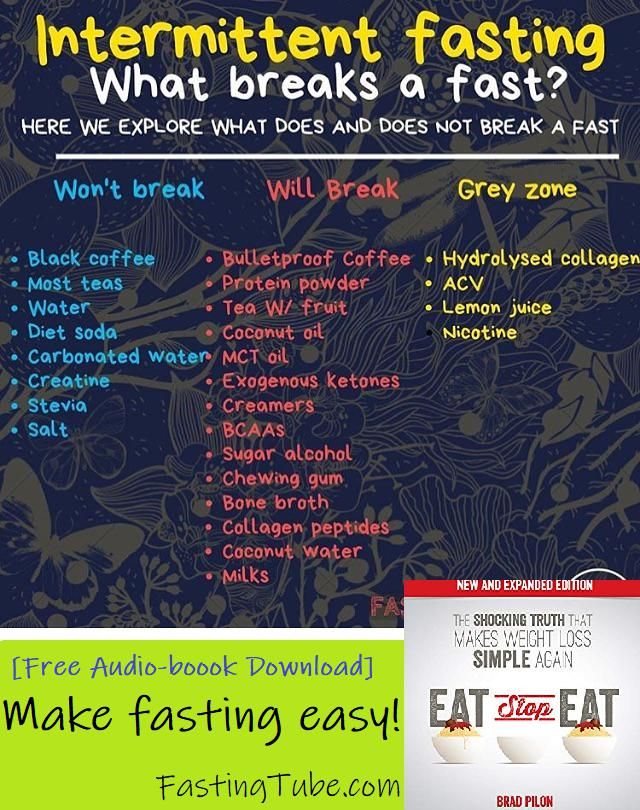
Smart Ways to Reverse Diet for Improved Metabolism in 2025
As we approach 2025, many individuals are looking for effective ways to optimize their metabolism and achieve their fitness goals. Reverse dieting is an essential strategy that allows individuals to gradually increase their calorie intake after a period of dieting. This process not only helps in recovering from caloric deficits but also effectively boosts metabolic function. Adopting smart reverse dieting strategies can maintain weight loss without the fear of immediate weight gain.
The importance of nutrition education in reverse dieting cannot be emphasized enough. Understanding how to balance macronutrients, adjust portion sizes, and modify eating habits can lead to long-term benefits. This article will explore various tactics for reverse dieting, how to implement these strategies sustainably, and the psychological aspects of adjusting to a new diet. You'll find practical tips, meal planning guidance, and insights into making mindful eating choices as part of your wellness journey.
Key takeaways include the importance of a gradual calorie increase, the role of balanced meals, and how tracking progress can help ensure the success of your reverse diet. By the end of this guide, you will be equipped with the tools necessary to embark on your reverse dieting journey confidently.
Understanding Reverse Dieting Strategies
Building on the basics of dieting, reverse dieting encompasses gradually increasing caloric intake after a weight loss program. This shift is crucial for metabolism maintenance and involves careful planning and execution. One effective approach is to implement a gradual calorie increase which not only helps in adjusting your body back to a maintenance level but also promotes muscle retention during weight gain.
A successful reverse diet typically begins with a sustainable nutrition plan that focuses on nutrient-dense foods and macronutrient balance. Establishing a solid foundation includes incorporating healthy fats, quality protein sources, and managing carbohydrate intake, which plays a significant role in energy balance.
Utilizing tools like calorie tracking and maintaining a food diary can assist in making informed adjustments. Gradual increases in calories—typically 50 to 100 calories every week—can help you identify how your body responds without causing drastic weight fluctuations or overwhelming energy surpluses.
Importance of Gradual Calorie Increases
One of the key reasons to adopt a gradual calorie increase in reverse dieting is to prevent rapid weight gain. This allows your body to adapt to the new intake levels while simultaneously minimizing fat gain. Transitioning too quickly can lead to metabolic disruptions or unwanted body fat accumulation, which can be counterproductive, especially if you have recently achieved a weight loss goal.
Additionally, understanding the psychological aspects of weight gain fears is essential during this process. Many individuals may feel anxious about increasing their caloric intake, fearing that they’ll revert to old habits or gain back the weight they worked hard to lose. Gradual increases help to alleviate these fears as they allow for a more controlled and less stressful adjustment period.
Maintaining Muscle and Body Composition
Preserving muscle mass while reverse dieting is crucial for improving body composition and metabolism. Ensuring enough protein intake during this time is vital—aiming for at least 1.6–2.2 grams of protein per kilogram of body weight can help sustain muscle during this transition. Emphasizing meal frequency and nutrient timing around workouts can further enhance muscle preservation and recovery.
Also, incorporating physical activity, especially resistance training, is essential during this phase. Not only does it promote muscle retention, but it also helps in managing energy levels, emotional eating, and combatting cravings. Combine these workouts with an understanding of energy balance to maintain the progress you’ve made.
Tracking Progress Effectively
Implementing tracking methods plays a vital role in a successful reverse diet. Keeping a food diary and monitoring body composition changes helps ensure you remain accountable to your goals. Tracking doesn’t just stop at calories; it involves observing how your body feels with increased food intake, any mood changes, and physical performance.
Consider establishing clear metrics to evaluate your success, such as strength levels in the gym, energy fluctuations throughout the day, and emotional responses to food. Understanding hunger cues and adjusting accordingly can enhance your relationship with food, making it less about restrictions and more about nourishing your body.

Implementing Sustainable Nutrition Practices
With these fundamentals established, it is important to focus on the broader picture of sustainable nutrition practices during your reverse dieting journey. This involves creating food choices that are nutritious and gratifying to ensure long-term adherence to your diet. Sustainable eating habits can significantly enhance lifestyle changes and encourage healthy living moving forward.
Creating a Balanced Nutrition Plan
A nutrition plan should reflect your dietary preferences and lifestyle while prioritizing macronutrient balance and calorie adjustments. Incorporating a variety of nutrient-dense foods will not only boost your metabolism but also support overall health improvements. Aim to diversify your diet with fruits, vegetables, whole grains, and lean proteins to facilitate nutrient intake.
Meal frequency can also play a role in maintaining energy levels and managing hunger. Regular meals help promote a steady flow of nutrients and can prevent binge eating episodes often triggered by extreme hunger.
Mindful Eating as a Strategy
Incorporating mindful eating practices can further enhance your reverse dieting experience. This approach encourages individuals to pay attention to their food choices, portion sizes, and the context of their meals. Engaging with food by slowing down, recognizing fullness cues, and enjoying meals without distractions fosters a better relationship with food and can combat emotional eating.
Managing Social Food Situations
Social scenarios can often present challenges to maintaining your dieting goals. Learning strategies for dining out healthily and managing portion sizes in social settings can make a significant impact. Prepare for meals in advance and consider health-conscious options while being aware of portion control strategies that will benefit your weight management.
Establishing Food Rules and Moderation
Establishing clear food rules can help in maintaining healthy habits while also allowing for some flexibility. Emphasizing moderation rather than restriction can lead to a healthier relationship with food. Encourage yourself to enjoy indulgences while balancing them with your overall nutrition goals.

Overcoming Psychological Aspects of Dieting
This naturally leads us to consider the psychological aspects of dieting and how they play a role in reverse dieting. Emotional eating and stress management techniques can greatly influence your success. Developing coping mechanisms for handling food cravings and emotional triggers ensures you remain dedicated to your goals.
Insights into Emotional Eating
Understanding the triggers of emotional eating is crucial for many embarking on a reverse diet. Recognizing patterns of stress eating and implementing strategies for handling these impulses can help in forming a balanced dietary approach. Consider practical techniques like journaling, meditation, or engaging in physical activities to help alleviate these emotional responses.
Building Self-Esteem Through Nutrition
Connecting your dieting journey with self-esteem can turn your reverse diet into a positive experience, reinforcing the changes you’ve made. Building a positive weight image while learning to enjoy food can significantly impact long-term adherence. Celebrate milestones in your reverse dieting journey to foster motivation and self-worth.
Tools for Success in Reverse Dieting
Utilizing available resources such as online support groups, nutrition counseling, and behavioral modification techniques can greatly enhance your reverse dieting strategy. Engaging with a community provides accountability and encouragement, preventing isolation during the process.
Integrating Physical Activity with Diet
Lastly, integrating physical activity with your reverse dieting efforts is vital for success. Regular exercise combined with a balanced intake of nutrients creates an optimal environment for weight management and overall well-being. Focus on incorporating enjoyable activities that keep you engaged and motivated.
Q&A Section: Common Questions on Reverse Dieting
1. What is the main goal of reverse dieting?
The primary goal of reverse dieting is to gradually increase calorie intake after a weight loss phase, promoting metabolic adaptation and preventing unwanted weight regain.
2. How can I manage hunger during a reverse diet?
To manage hunger, focus on high-fiber and high-protein foods that promote satiety. Additionally, regular meal frequency and mindful eating practices can help keep hunger at bay.
3. What are effective strategies for tracking my progress?
Tracking progress can include monitoring weight, keeping a food diary, or noting how your body feels with increased calorie intake. It's essential to choose methods that resonate with your lifestyle.
4. Can I still enjoy my favorite foods while reverse dieting?
Absolutely! The key to reverse dieting is finding balance and moderation in your diet while still indulging in your favorite foods.
5. How can I overcome fears of weight gain during this process?
Gradual increases in calories and establishing a positive mindset about food can help combat the fear of weight gain. Focus on the benefits of maintaining muscle mass and achieving a balanced diet.